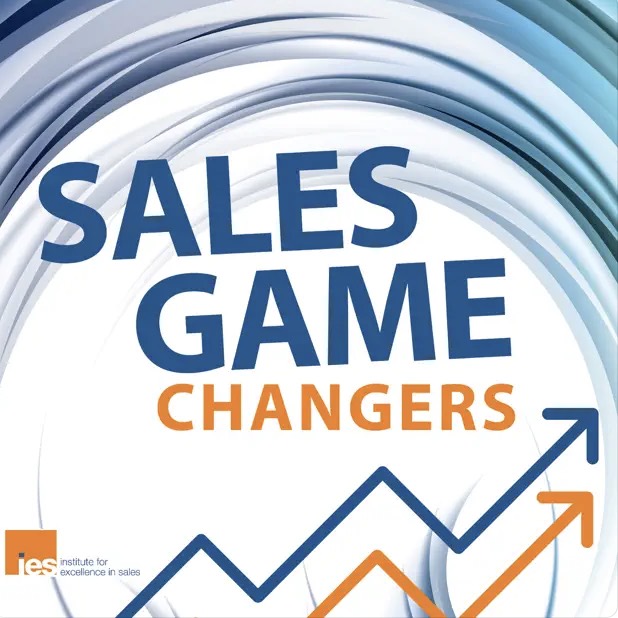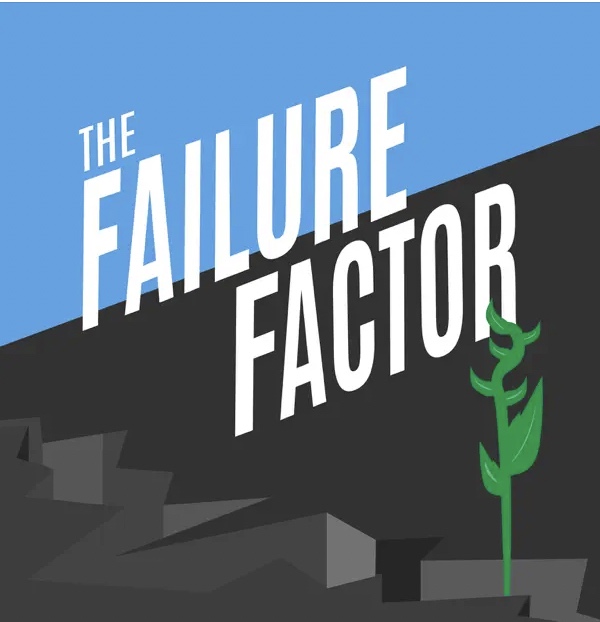Until a few years ago, “growth marketing” was a rather obscure term, known and practiced by only a handful of people.
That isn’t true anymore. More and more businesses have growth teams whose sole responsibility is to – you guessed it – accelerate growth. Building an integrated, scalable growth machine is truly one of the biggest competitive advantages your business can have, especially if you work in technology. This data-driven, process-focused approach to marketing can unlock exponential growth at any stage of your business’ existence.
I’ll show you how to build this growth machine here.
Master the Growth Mindset
If you want to build a growth machine, you have to first adopt a growth-focused mindset. At the heart of this philosophy are three core beliefs:
1. Process over tactics
Growth is seldom the result of a single great hack or idea. It is usually the culmination of several good ideas. Slack didn’t become big just because it had a clever sign-up process; it became big because it did multiple things right – sign-up, onboarding, etc.
When you focus on tactics, you essentially rely on one-off “hacks” that may or may not work for your business. You see the trees, but you miss the forest. A process-driven approach, however, is scalable and modular. You don’t have to rely on a single great idea because your process will naturally yield multiple tactical opportunities.
2. Accountability and freedom
The most successful growth teams eschew conventional management structures in favor of freedom and individual accountability. While they might report to a growth manager, each team member should be free to work on his own ideas (as long as they result in growth).
At the same time, the growth team should have freedom to access any resource or data across the organization. Growth marketing depends on rapid experimentation. You can’t do this if the growth team has to seek approval to create the experiment or access data. In other words, your growth team should be able to move across departments and should be accountable to itself.
3. Data-driven experimentation
Experimentation lies at the heart of any successful growth machine. This essentially means that you test out ideas rapidly, gather data and use the learnings in future experiments. While there is room for intuitive experimentation, much of your testing should be data-driven. This data can be either quantitative or qualitative. Once you understand the growth hacking mindset, you can move onto figuring out your goals and brainstorming ideas, as I’ll show below.
Figure Out Your Goals
A successful growth machine is goal-oriented. You don’t just start off by saying that you want to run a few experiments. You have to have clear objectives and a timeframe in which to meet those objectives.
Here’s a two-step process you can use to create a goal-oriented growth machine:
1. Identify your growth objectives
Your growth objective is not necessarily the same as your business objective. The latter is aimed at meeting business targets while the former is focused on scaling growth. For example, a SaaS business might have “increasing MRR” as its business objective. The growth objective, however, might be “increasing activations.” The implication is that scaling activations can lead to higher MRR.
To identify your growth objectives, ask yourself: “What can we do to maximize our growth? What metrics will lead to the biggest impact on our growth curve?”
Segregate your objectives into two categories:
- Macro objectives: Broad metrics that impact growth, such as traffic, activations, page views, etc.
- Micro objectives: Narrow metrics related to macro objectives. For example, if your macro objective is “traffic,” you might have “organic traffic” as a micro objective.
2. Set a timeframe to achieve objectives
Growth marketing campaigns are deadline-focused by design. Without aggressive deadlines, you might carry on experiments for too long (or cut them too short) to have an impact.
For each objective, set a timeframe for measuring results. This should be between 30 and 90 days. Shorter than that and you likely won’t have enough data to measure impact. Anything longer is too slow to be worth your time.
Of course, some objectives, such as “increasing organic traffic,” will require a longer period of experimentation to yield results. Use your own judgment and previous data to set this timeframe.
Brainstorm and Prioritize Ideas
Once you have a list of objectives and a timeframe in which to achieve them, you can start brainstorming experiment ideas.
Here are a few things you can do to make this process easier:
1. Maintain a central repository of ideas
Create a spreadsheet to store all ideas and store this sheet company wide. This is your central “idea bank” and anyone within and outside of the growth team can contribute to it. You’ll be surprised at the number of ideas that come from people outside of the marketing department.
This idea bank should include past, current and prospective experiments. For each experiment, list:
- Idea
- Expected results
- Expected timeframe
- Resources required
- Actual results (for completed experiments)
You can refer to this idea bank when you’re brainstorming new experiment ideas. It will also be valuable for creating playbooks for employees joining your team in the future.
2. Brainstorm ideas
To brainstorm ideas, use the following:
- Qualitative data: Any learnings from surveys, customer interviews, etc.
- Quantitative data: Hard data gathered by your analytics software.
- Secondary data: Data from case studies and experiments conducted by others.
For example, suppose your analytics data shows that customers coming in through a particular keyword have a very high activation rate. You could use this to brainstorm ideas for improving rankings for similar keywords.
When using secondary data, it’s important to focus on general takeaways rather than specific tactics. For instance, if a case study shows that changing the CTA color to orange increases conversion rates, your takeaway should be to change CTA design (and not necessarily to make it orange).
Dump any and all brainstormed ideas into your idea bank.
3. Prioritize ideas
After a serious brainstorming session, you’ll likely have a long list of ideas. Prioritize these ideas based on:
- Chance of success: How likely is the idea to succeed based on existing data from similar experiments? If you don’t have data, use secondary data from publicly available case studies.
- Resources required: The amount of resources (design, programming or marketing) required to develop and test the idea.
- Timeframe: The amount of time it will take to develop the idea.
Understand that we have a tendency to underestimate the amount of time it takes to develop an idea and to overestimate its impact. Be realistic when estimating the above figures. All time and resource-intensive ideas should be low priority. At least initially, target quick wins – high-impact, low-resource ideas that you can deploy quickly. Based on this, divide your ideas into three categories: “low,” “medium” and “high.”
Run Experiments
After you have a prioritized list of ideas, start running experiments. Attack high-priority ideas aggressively, making sure to stick to the established timeframe. Follow an MVP (Minimally Viable Product) model for your experiments. You don’t have to be perfect; you just have to be effective. Depending on the size of your team, you can have multiple experiments running simultaneously.
Analyze Results
Once an experiment has run its course and you have meaningful data, analyze your results. Focus your analysis on two things:
- Results: What was the impact of the experiment on your target metrics? What was the impact on secondary or even tertiary metrics?
- Prediction accuracy: How accurate were your experiment predictions? A high degree of accuracy means that you can prioritize ideas better in the future.
Besides these, conduct a deeper analysis to understand why the experiment succeeded (or failed). Come up with multiple hypotheses based on your own and others’ data.
For example, suppose you’re running a conversion experiment where changing a CTA color improves sign-up rates. You might hypothesize these reasons for the experiment success:
- New color stands out against existing background.
- New color aligns with customer expectations for this CTA type.
- New color uses color psychology effectively.
Store these hypotheses in your idea bank. Use results from similar future experiments to corroborate/refute each hypothesis. As you do this on an ongoing basis, you will develop a better understanding of your audience.
Implement and Scale
Implement the experiment if it’s a success (i.e. it meets your stated objectives). If it’s not, take it back to the idea bank.
To scale your growth machine, create a detailed document for each experiment where you list the following:
- Experiment idea
- Predictions/estimations
- Stated objective and timeframe
- Experiment assets and resources used
- Time and resources taken to develop idea
- Experiment result
- Prediction accuracy
- Result hypotheses
Use these documents to create in-depth playbooks that others can follow and learn from. These playbooks should state what you currently know about your audience, what kind of experiments work (and what don’t), and best practices.
These playbooks will help you scale your growth marketing.
Creating a scalable, integrated growth machine isn’t an overnight process. It requires resources, commitment and the willingness to follow an experiment-focused, process-driven approach to growth. Start off by following the framework I’ve shared above. It might not work for every organization, but it’s a good place to start for any organization – and if you need help, a reputable digital marketing agency can get you started.
The post How to Build and Scale a Truly Integrated Growth Machine appeared first on OpenView Labs.











 This post from Jeff Immelt, chairman of GE, originally appeared on
This post from Jeff Immelt, chairman of GE, originally appeared on 




![Download Now: 2023 Sales Trends Report [New Data]](https://no-cache.hubspot.com/cta/default/53/9cdc68ed-d735-4161-8fea-0de2bab95cef.png)
-jpg.jpeg)








 In 1961, a crew of miners was plowing into a dense wall of limestone in a hilly region west of Marrakesh when they struck a soft patch. Further digging gave way to a nearly-complete skull. As word about the discovery spread, researchers flocked to the area and uncovered more remains, including several pieces of jaw bone and a fragment of an arm. At the time, scientists pegged the fossils as roughly 40,000 years old.
In 1961, a crew of miners was plowing into a dense wall of limestone in a hilly region west of Marrakesh when they struck a soft patch. Further digging gave way to a nearly-complete skull. As word about the discovery spread, researchers flocked to the area and uncovered more remains, including several pieces of jaw bone and a fragment of an arm. At the time, scientists pegged the fossils as roughly 40,000 years old. Remember back in high school when you learned all those human-history basics, like the fact that we share a common ancestor with the African ape or that the first Americans reached the continent by way of a grassy strip of terrain called the
Remember back in high school when you learned all those human-history basics, like the fact that we share a common ancestor with the African ape or that the first Americans reached the continent by way of a grassy strip of terrain called the  Instead of showing the typical patterns of decay that bones exhibit over time, many of the fragments appeared to have been fractured shortly after the animal died, signaling that something other than natural processes were at work.
Instead of showing the typical patterns of decay that bones exhibit over time, many of the fragments appeared to have been fractured shortly after the animal died, signaling that something other than natural processes were at work.














